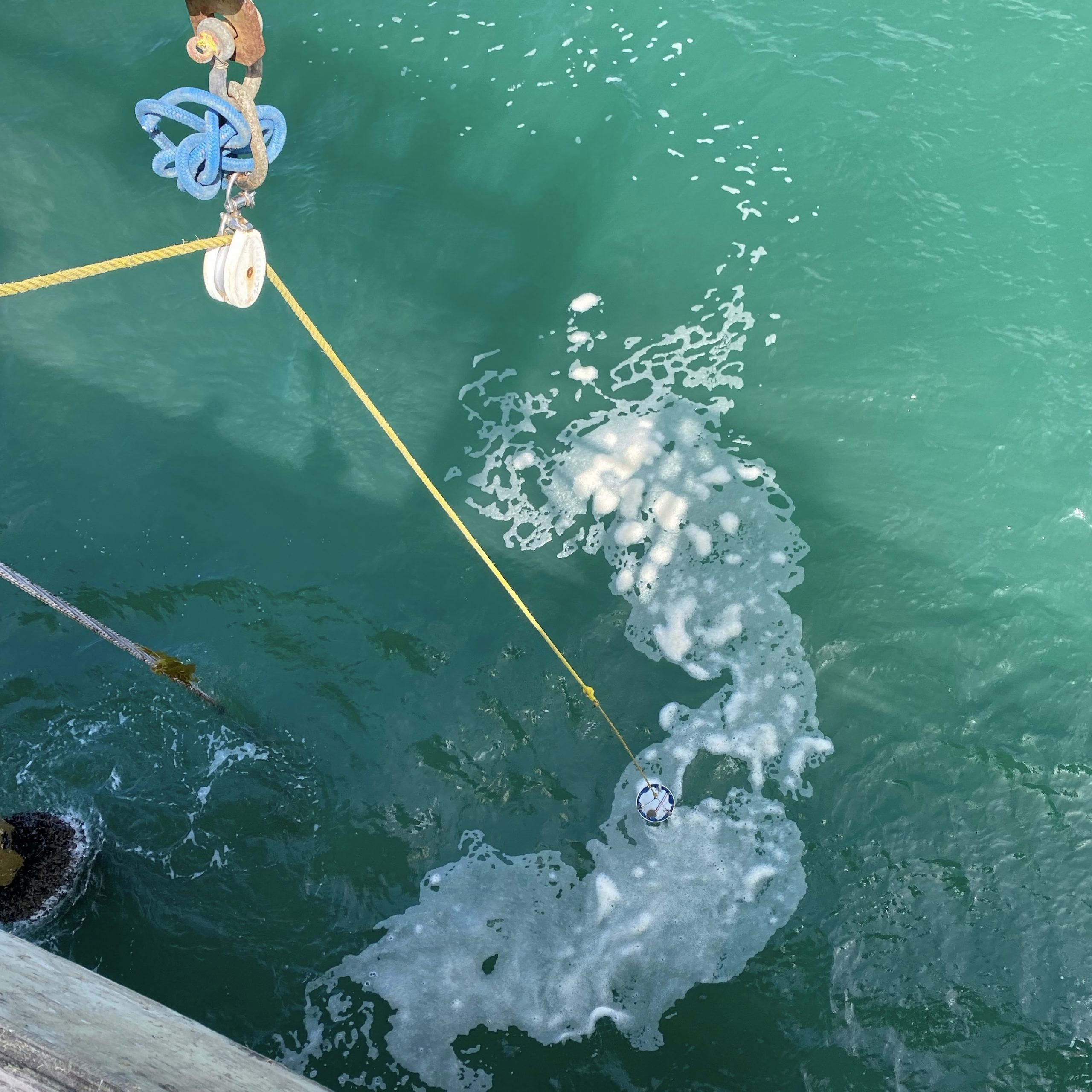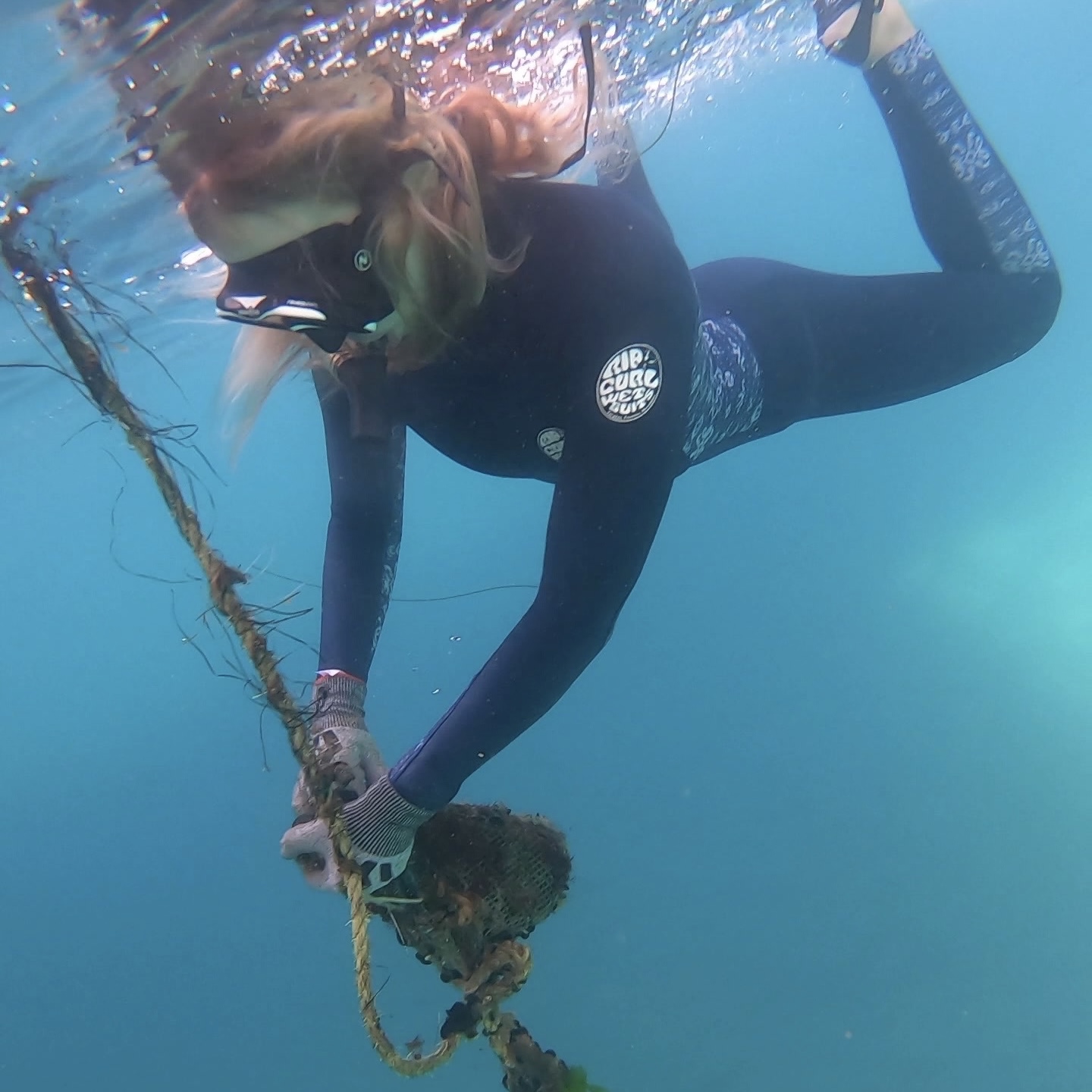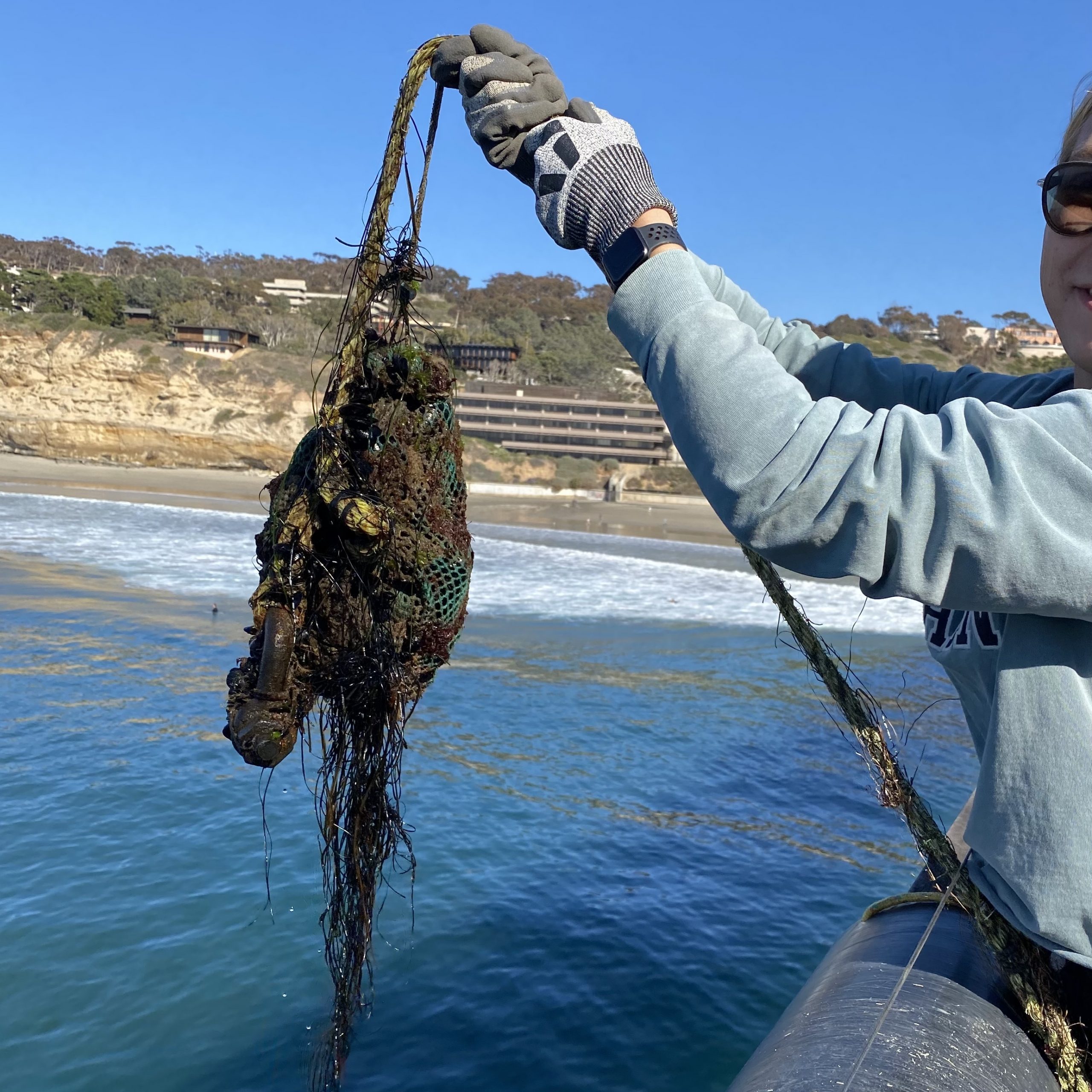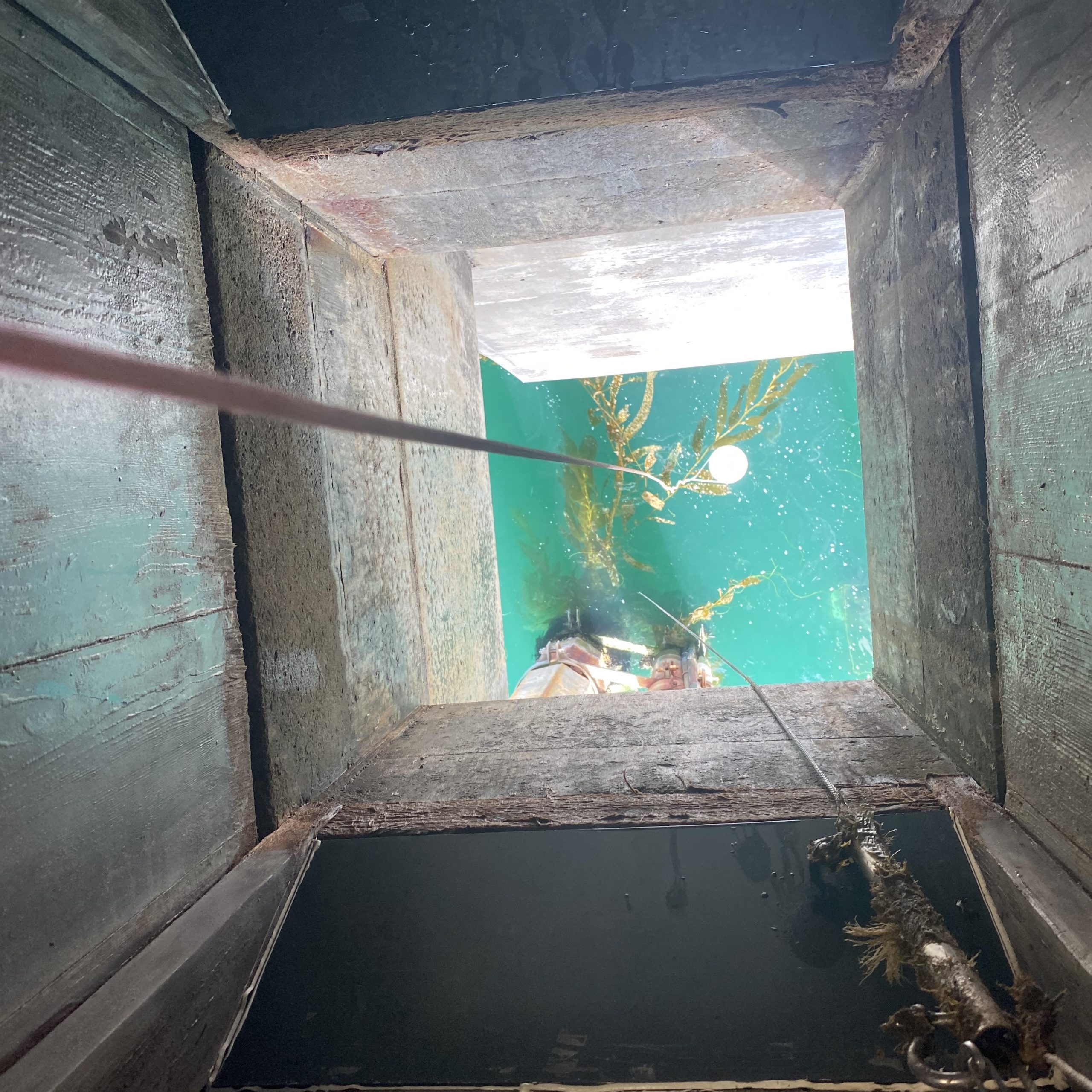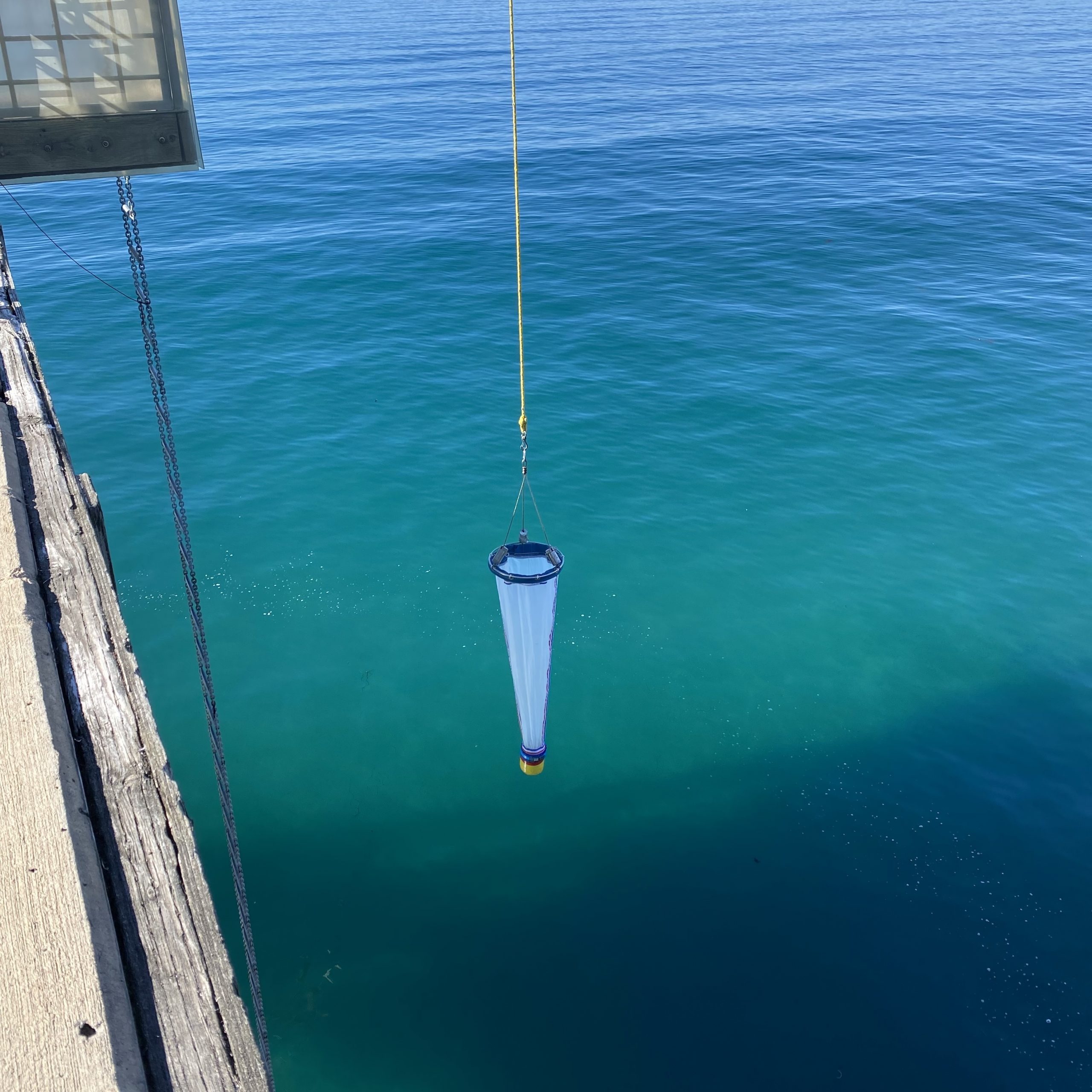The Coastal Ocean Observing Lab has been conducting studies of harmful algal blooms (HABs) in La Jolla, CA since 2008. One component of that work
has been maintaining a sampling program at Scripps Pier. Members from our lab samples the plankton at Scripps Institution of Oceanography weekly from the Tide Room at the end of Scripps Pier. Our weekly monitoring is carried out in collaboration with the other monitoring sites distributed from San Diego to Santa Cruz and maintained by other university HAB research groups. A set of core measurements are observed at each sampling site including: chlorophyll, taxonomy and abundance of HAB species, domoic acid concentrations, nutrients, and seawater temperature.
Weekly Sampling Report at Scripps Pier, La Jolla
Please credit the SCCOOS CalHABMAP program for all information and data obtained from these reports

California HABMAP Sampling Locations:
Click on a station name below to be redirected to the CalOOS Data Portal
Scripps Pier - Scripps Institution of Oceanography
Newport Beach Pier - University of Southern California
Santa Monica Pier - UC Los Angeles
Stearns Wharf - UC Santa Barbara
Cal Poly Pier - California Polytechnic State University
Monterey Wharf - Moss Landing Marine Labs
Santa Cruz Municipal Wharf - UC Santa Cruz
Bodega Pier - UC Davis
Trinidad Pier - California Polytechnic State University, Humboldt

For more information on the statewide HAB network and forecasting system click here: California HABMAP
Common HAB species found at Scripps Pier
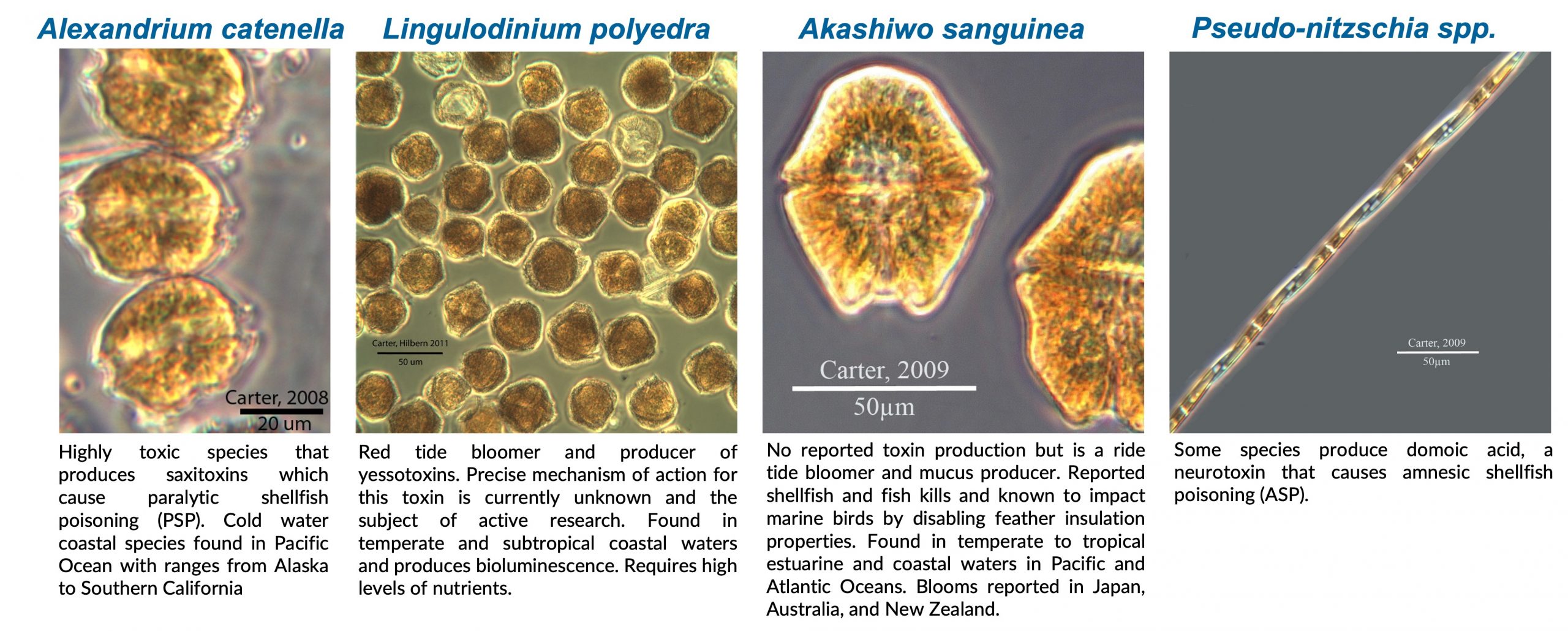



Imaging FlowCytobot (IFCB) is an in-situ automated submersible imaging flow cytometer that generates images of particles in-flow taken from the aquatic environment made by Mclane Labs. These state of the art sensors are being deployed to support automated in-situ microscopic imaging as an early warning sign for harmful algal blooms throughout the coast of California. The Coastal Ocean Observing Lab currently operates and maintains the IFCB deployed at Newport Beach Pier. Other stations where IFCB's are deployed include: Scripps Pier, CalCOFI Cruises, Del Mar Mooring, Sterns Wharf, Monterey Bay Mooring, Santa Cruz Wharf, San Francisco Pier, and Hog Island Oyster Company.




